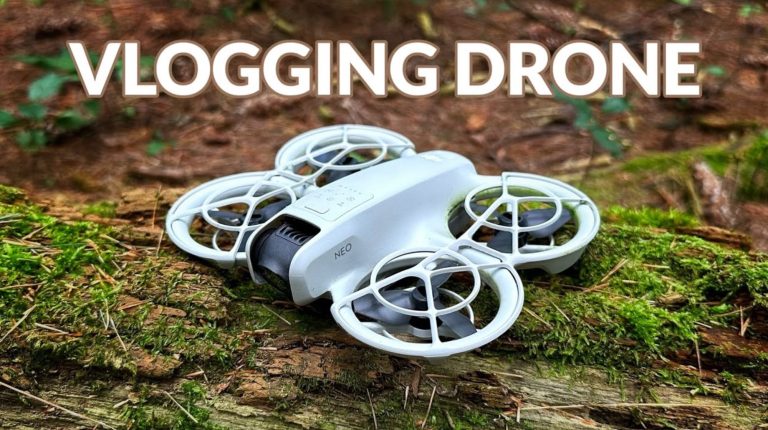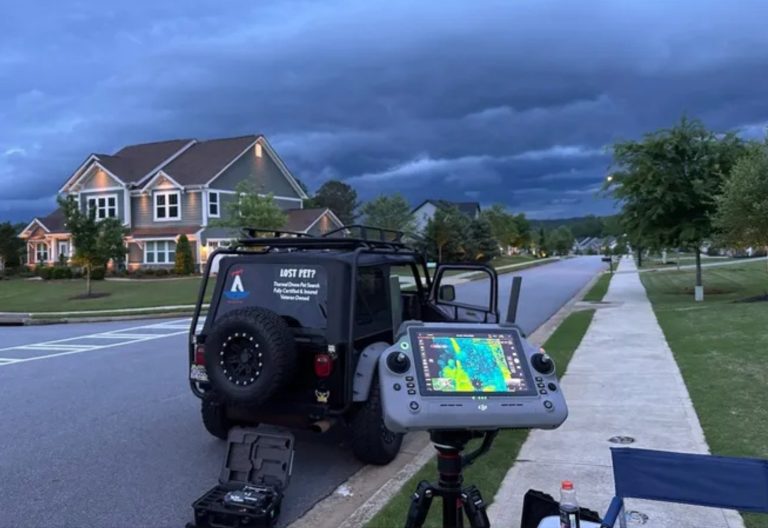In the world of cinematography, capturing professional and cinematic footage is a must. With the right settings and techniques, you can transform your DJI Pocket 3 footage to look like it was shot with a high-end camera. This article and video aim to guide you through some essential settings and techniques that will help you achieve that professional and polished look on your footage.
To make the most out of your Pocket 3’s capabilities, it is crucial to optimize its settings and understand the importance of frame rates, movement, and the use of supporting equipment such as gimbal modes and selfie sticks. By combining these factors, even an amateur videographer can create breathtaking and immersive content that takes the viewer on a visual journey.
Key Takeaways for the DJI Pocket 3
- Optimize settings to enhance the color depth and dynamic range of your Pocket 3 footage.
- Understanding frame rates and using ND Filters can help achieve a natural, cinematic look.
- Utilizing various camera movements, gimbal modes, and a selfie stick can add depth and dynamicity to your shots.

Essential Settings for Cinematic Look
Switching to Dlog M Color Profile
To achieve a professional and cinematic appearance in your pocket 3 footage, switch from the normal color profile to D-log M. This allows for increased color depth and enhanced dynamic range. Keep in mind that using Dlog M requires additional color grading in post-production.
Setting Manual White Balance
Change the white balance from auto to manual and lock it at an appropriate value (e.g., 5900) for consistent color temperature throughout your footage.

Selecting the Manual Exposure
Choose manual exposure for the best results. Set the shutter speed to two times the frame rate and allow a range of ISO values (e.g., 50 to 800) for automatic compensation.

Understanding ND Filters
To create natural-looking motion blur, use ND filters and maintain a shutter speed at two times the frame rate. ND filters can help achieve the proper exposure without the need for excessively high shutter speeds.
Adjusting ISO and Shutter Speed
Ensure the ISO range and shutter speed are set correctly. For instance, when filming at 4K 60fps, set the shutter speed to 120 and allow ISO values between 50 and 800 for optimal results.
In addition, consider other aspects such as varying movements, using a selfie stick, and employing different gimbal modes to make your footage more engaging and professional-looking. Utilizing a tripod and active track features of the pocket 3 can also add more dynamic and interesting shots to your work.

Frame Rate Choices
In order to achieve a professional and cinematic look with your pocket 3 camera, it is crucial to consider different frame rate choices that will impact the final footage.

This section will discuss the following options in detail:

Filming in 4K 60 for Slow Motion
Choosing to film in 4K 60 allows users to take advantage of slow-motion effects. This frame rate provides the flexibility to add a dreamy, cinematic feel to the footage in post-production. When working with fast motion, filming in 4K 60 ensures natural looking motion blur that closely resembles how we perceive motion in real life.
Using 4K 30 for Heat Management
In warmer climates or situations where avoiding overheating is a priority, it is advisable to film in 4K 30. This frame rate keeps the camera from getting too hot, without sacrificing much of the overall video quality. Although 4K 60 is often preferred for its slow-motion capabilities, 4K 30 is suitable for most scenarios and can still deliver impressive results.

Options for Super Slow Motion
For those who desire ultra-smooth slow-motion footage, 4K 120 can deliver stunning results. This frame rate is excellent for capturing high-detail slow motion, making it particularly useful when recording fast-moving subjects or events.
Keep in mind that using 4K 120 may require additional post-production work to optimize the final result, but the payoff in terms of visual impact can be worth the extra effort.
When choosing your frame rate, consider factors such as desired visual style, the environment, and the subjects you intend to capture. Each frame rate choice has its unique benefits, and selecting the right one can significantly elevate the quality of your pocket 3 footage.
Improving Footage Through Movement
Proper Walking Technique
To make the footage look smoother with a gimbal camera, it’s crucial to adapt a proper walking technique. Instead of walking with regular up and down steps, walk heel-to-toe to maintain a straight line and softer footsteps. Bending slightly at the knees helps create a spring-like effect, preventing up and down motion while walking.
Varying Camera Movements
Spicing up the footage by incorporating a variety of different shots and angles will elevate its visual appeal. Some suggestions include:
- Changing gimbal mode from tilt lock to follow mode for pan up and pan down movements.
- Using a selfie stick to vary height, from high to low or low to high shots.
- Creating crane or jib shots with a level gimbal while moving from high to low.
Utilizing a Selfie Stick for Versatile Angles
A selfie stick offers multiple benefits when filming with the Pocket 3:
- Natural-looking shots: Using a selfie stick allows for a more natural look when filming yourself, removing the appearance of an outstretched arm.
- Wider angle: The selfie stick allows the camera to be held farther away, delivering a wider angle shot that showcases the subject and surroundings.
- Active Track: With a tripod and active track, the Pocket 3 can follow you around, creating an appearance of having another camera person filming.

Gimbal Modes for Dynamic Shots
Switching from Tilt Lock to Follow Mode
When using the Pocket 3 gimbal, switching from Tilt Lock to Follow Mode allows the camera to pan up and down, adding dynamic motion to the shots. This can significantly enhance the footage by enabling more diverse movements and different angles. For a more professional look, try walking heel to toe and bending slightly at the knees to minimize up and down motions while recording.
Creating Crane or Jib Shots with Lock Mode
For more cinematic shots, switch the Pocket 3 gimbal back to Lock Mode and use a selfie stick with a tripod to perform crane or jib shots. With Lock Mode, the gimbal stays level while moving from high to low positions, giving the footage different perspectives. This technique allows for the appearance of professional-level shots and adds more interest to the recording.
A selfie stick can also help improve the quality of self-shots by providing a wider angle and a more natural appearance, without showing the camera is being held by the subject. Additionally, using the Pocket 3’s Active Track feature while the camera is mounted on a tripod can give the impression of an additional camera operator, increasing the overall professionalism of the footage.

Selfie Stick Advantages
Natural Looking Self-Shots
Using a selfie stick with the Pocket 3 allows for more natural-looking self-shots. When holding the camera directly in hand, it is evident that the person is holding the camera. By attaching a selfie stick and extending it, the arm and shoulder of the person are no longer visible, giving a more natural feel to the footage.
Capturing Wider Angles
A selfie stick also allows for capturing wider angles, showing the subject in their surroundings. Holding the camera at arm’s length limits the field of view. However, when using a selfie stick, one can extend the camera further away, providing a wider-angle shot, making it more visually appealing.
Utilizing Active Track for Solo Filming
One of the great features of the Pocket 3 is its Active Track function. With a selfie stick and a tripod attached, it is possible to set the camera down and have it follow the user while filming. This creates the illusion of having an additional camera person, providing dynamic and interesting footage for solo creators.





















+ There are no comments
Add yours